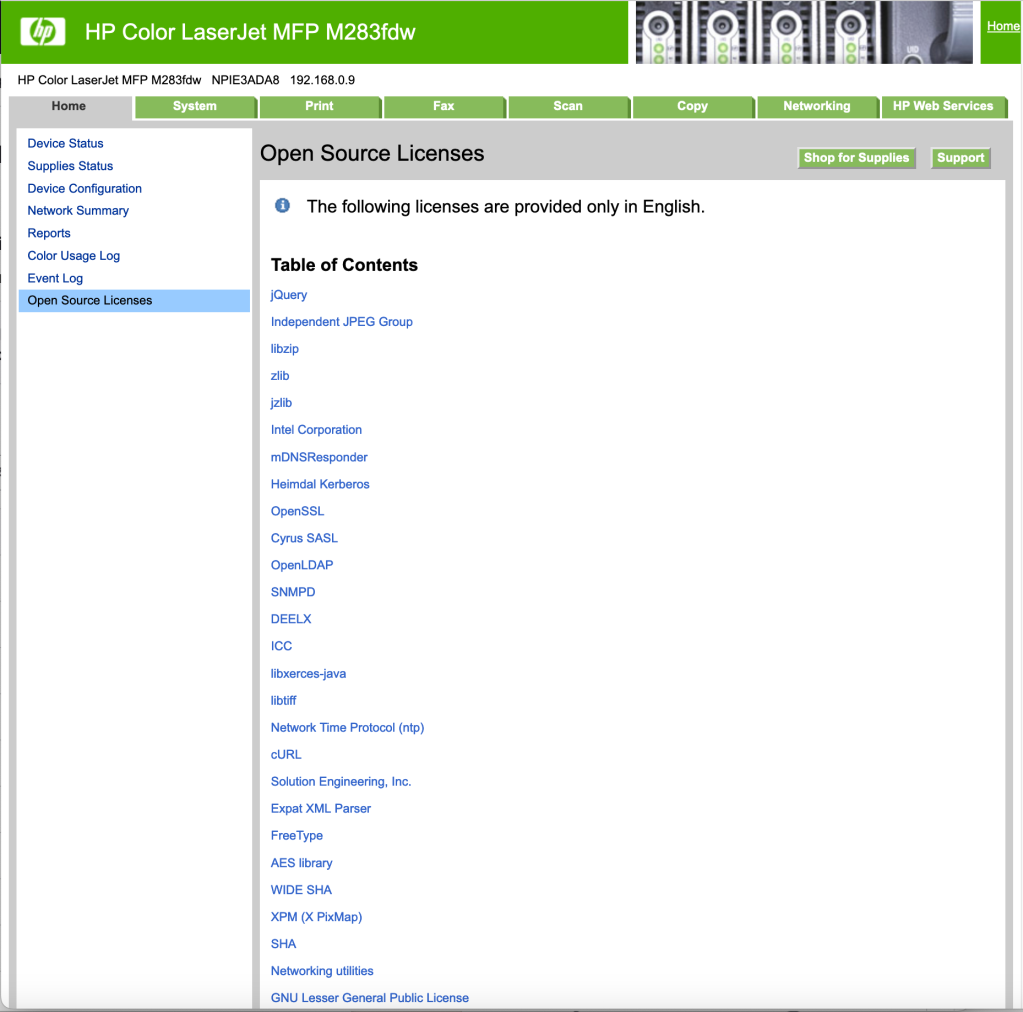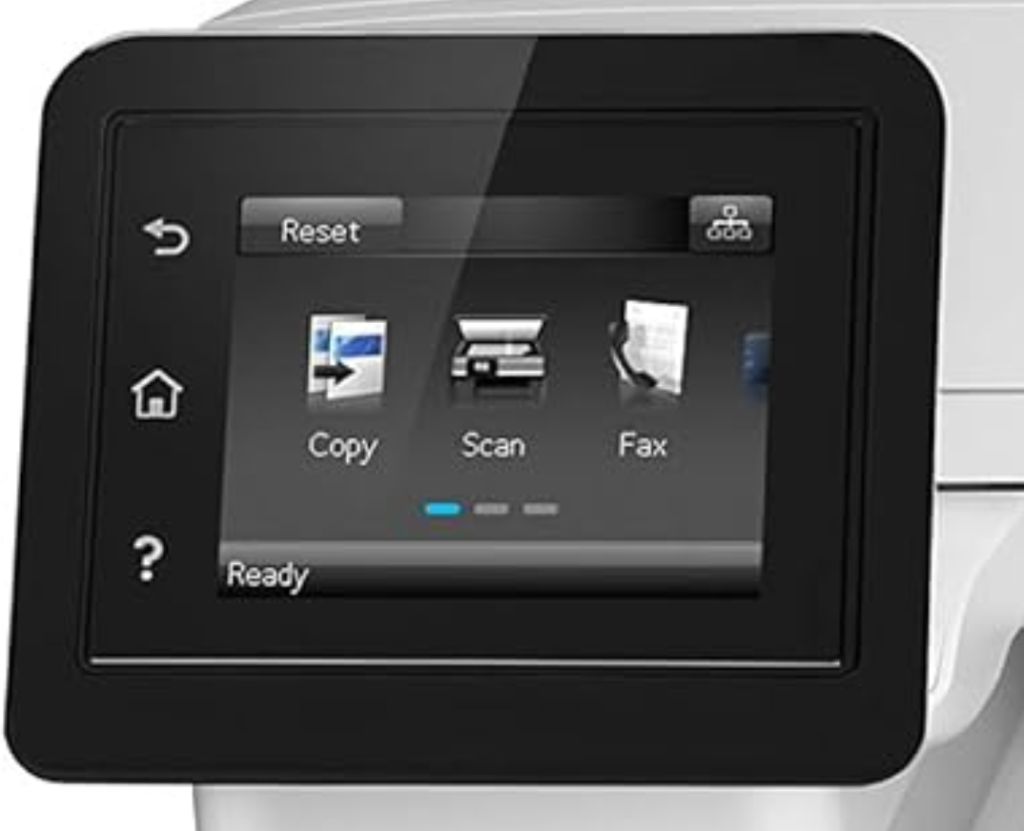On the power of Open Source
A tale about Open Source, IBM, and XPM.
I often say: “Open Source is what brought me to IBM and Open Source is why I’m still at IBM today.” It’s true.
Open source at IBM
I’ve been fortunate enough to join a company that was one of the very first in the industry to understand the value of open source. Under the leadership of some brilliant executives, when others talked about open source as some communist endeavor to be frowned upon, IBM thought that if open source were to radically change the industry we would be better off being part of it than not. That’s how IBM went on to embrace open source. Of course, this didn’t happen overnight.
Wisely enough IBM executives tested out their belief starting with a few projects that looked promising enough and adopted progressively a stronger stance on open source as evidence that this was a winning proposition accumulated over time. Linux was one of those first projects along with Apache and Eclipse which came quickly after. These were followed by many others and over time doing open source became the norm.
When I joined IBM in the fall of 1999, that trend had already started and I fully benefited from it. I joined a small team in Cupertino to work on Xerces, the XML parser that IBM had contributed to the Apache Software Foundation (ASF). I spent my entire time working with the W3C community on developing specifications like XML and DOM and with the ASF community on developing Xerces. And on the weekend I got to go surfing! What was not to like? 😀
Since then I had the opportunity to work on many different open source projects such as Hyperledger and more recently OpenSSF.
XPM
Working on Xerces wasn’t my first experience in open source though. I actually started in open source before the term was even coined. Indeed, I made my first contribution to open source in 1990! I can’t really take full credit for this happening. As often in life this kind of stuff has at least as much to do with luck as anything else. I had just joined a small research team in France when one of my colleagues, Daniel Dardailler, told me that he and Colas Nahaboo had designed a simple format to store and display color icons on the X Window System for which he had quickly written a small piece of code to render them and that if I was interested it would be worth developing a more complete library for it.
I picked it up, rewrote the whole thing with a more robust parser and additional features, and distributed the first release of XPM2 on August 24th, 1990. Little did I know that I would end up maintaining this format and code for several years and that it would become a de facto standard for X. The last release I produced was on March 18th, 1998. (I still have all the code with the RCS archive and all!)
I now brag about it but I actually only started doing so a few years ago when I overheard someone talk about a person as “an open source dinosaur who started in open source in the early 2000s” That’s 10+ years later than when I started, I wonder what that makes me…
The power of Open Source
Besides the bragging rights I got from this what’s more important is that XPM is a good demonstration of the power of open source. Indeed, while I stopped maintaining the library others picked it up and it has been continuously maintained to this day. You can find it as part of the freedesktop gitlab repo.
Several releases have been produced to address security issues, memory leaks, as well as keeping the code to compile on newer systems. What better demonstration is there of the power of open source? It was still useful to someone else and because it was open source they could just pick it up and continue to maintain it. This obviously wouldn’t have been possible if it had been proprietary.
A wish
I wish vendors who stopped maintaining their software would release them in open source so that similarly to what happened with XPM others who still have an interest in the software could choose to maintain it if they want to. I have an old Garmin GPS marine unit with a proprietary memory card format for which one needs a proprietary reader to access the card from a PC via USB. The problem is that the only available driver for that card reader is for Windows 32bit!… I actually managed to use an old laptop that was collecting dust to access the card reader so I could update the firmware of my boat electronic devices but that’s absurd.
It’s ok with me that Garmin decides it’s not worth supporting my old hardware anymore but if they released the source code for the driver, users (a.k.a “the community”) could at least do it themselves and port it to newer systems. The frustration I get from this is probably not very different from what made Richard Stallman launch the Free Software movement when he couldn’t fix the buggy driver for his printer.
More on XPM
Speaking of printers… a couple of years ago, I noticed an entry “Open Source licenses” on my printer’s webpage. Always interested in open source I of course clicked on it to see what kind of software HP was using in that printer. Here is what appeared:

Do you see it? Close to the bottom. “XPM (X PixMap)”. Yup, that’s right. It turns out that my laser printer sitting a few feet away from my desk is using code I wrote some 30 years ago! How cool is that now? 😀
In case you wonder, it is probably used for the LCD screen which displays a bunch of icons:

Further reading
If you’re curious about XPM you can read more on the X PixMap wikipedia page.
There is also an interesting page on the story of Open Source @ IBM.
No comments yet.

Leave a comment